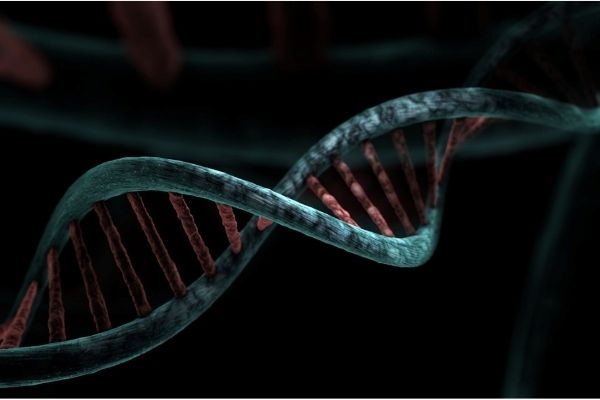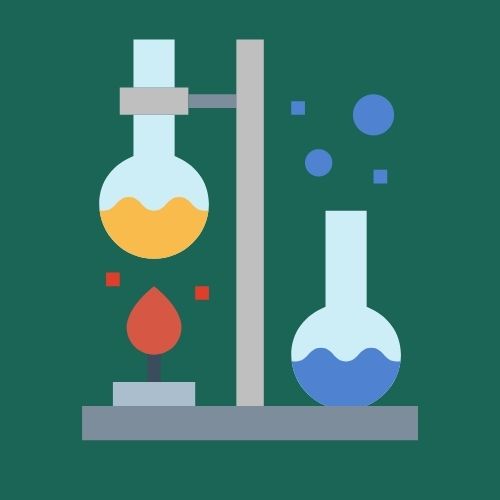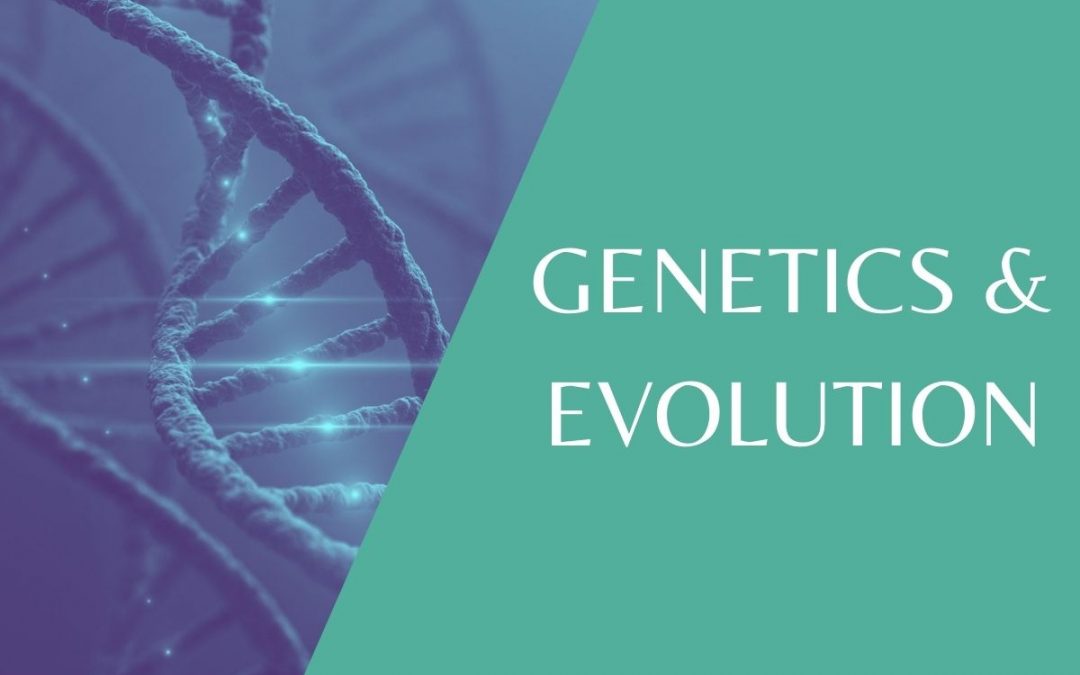Do you understand inheritance and evolution?
Do you think you get it and then start looking at the information and it just confuses you?
Do you know the difference between a gene and a chromosome?
Here we will cover the key areas we think you need to have learnt to be confident in this topic.
DNA
When we learn the topic of cells we look closely at the nucleus and all the information it holds. The genetic information is stored here and it is in the form of long strands of DNA (Deoxyribonucleic Acid). DNA is a long strand of bases and looks like a twisted ladder, also known as a double helix. This codes for all the genetic information we have. One of the first things you learn when studying the cells topic at KS3 (Key Stage Three) is that most cells have a nucleus containing genetic information and then gradually you will build on this!

Characteristics
Whenever I teach about this subject generally everyone knows they inherit their characteristics from their parents and it always generates a great discussion. What you need to be really clear on is that the long strands of DNA are what chromosomes are made of. Humans have 23 pairs of chromosomes, 46 in total, and this tells us our genetic make up and determines many of our characteristics. Make sure you remember at this point that some things are influenced by the environment we live in as well. Chromosomes have genes and a gene is a small section of DNA. This codes for a specific protein and some characteristics are controlled by a single gene. An example of this is eye colour or hair colour.
Evolution
Evolution looks at however time organisms have better adapted to suit and survive in their surroundings. Some of these habitats will have extreme conditions so you will be expected to be able to identify adaptations of an organism and explain how they benefit them. Two good examples are an arctic fox and a desert cactus. Think of the habitat they live in and the conditions they experience. Then look at them (you will often be given a picture), and explain why they have certain features. Why does an artic fox have fur that changes colour depending on the season? Remember that when we are learning about organisms this always includes plants as well.


Learning about these three key ideas will help you get off to a good start with understanding genetics and evolution. Don’t forget that we have many science lessons available on our YouTube channel, as well as some ScienceKit Short Courses that go into more detail on different Biology topics. These courses also come with resources to help support your learning.
KEEP UP TO DATE - DON'T MISS OUT!
Our regular newsletters are filled with helpful and interesting information to help you with your Science at school

